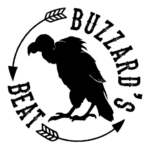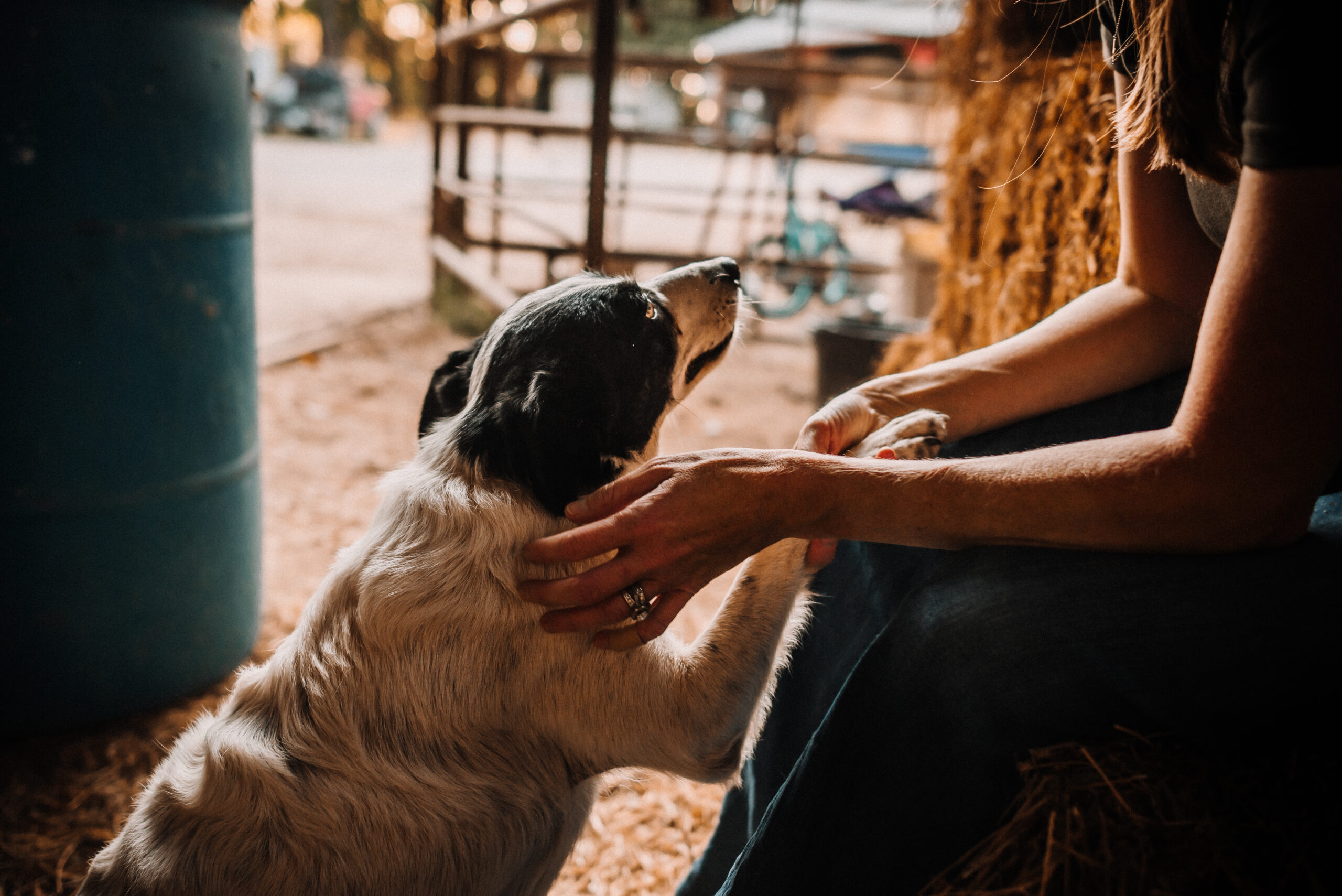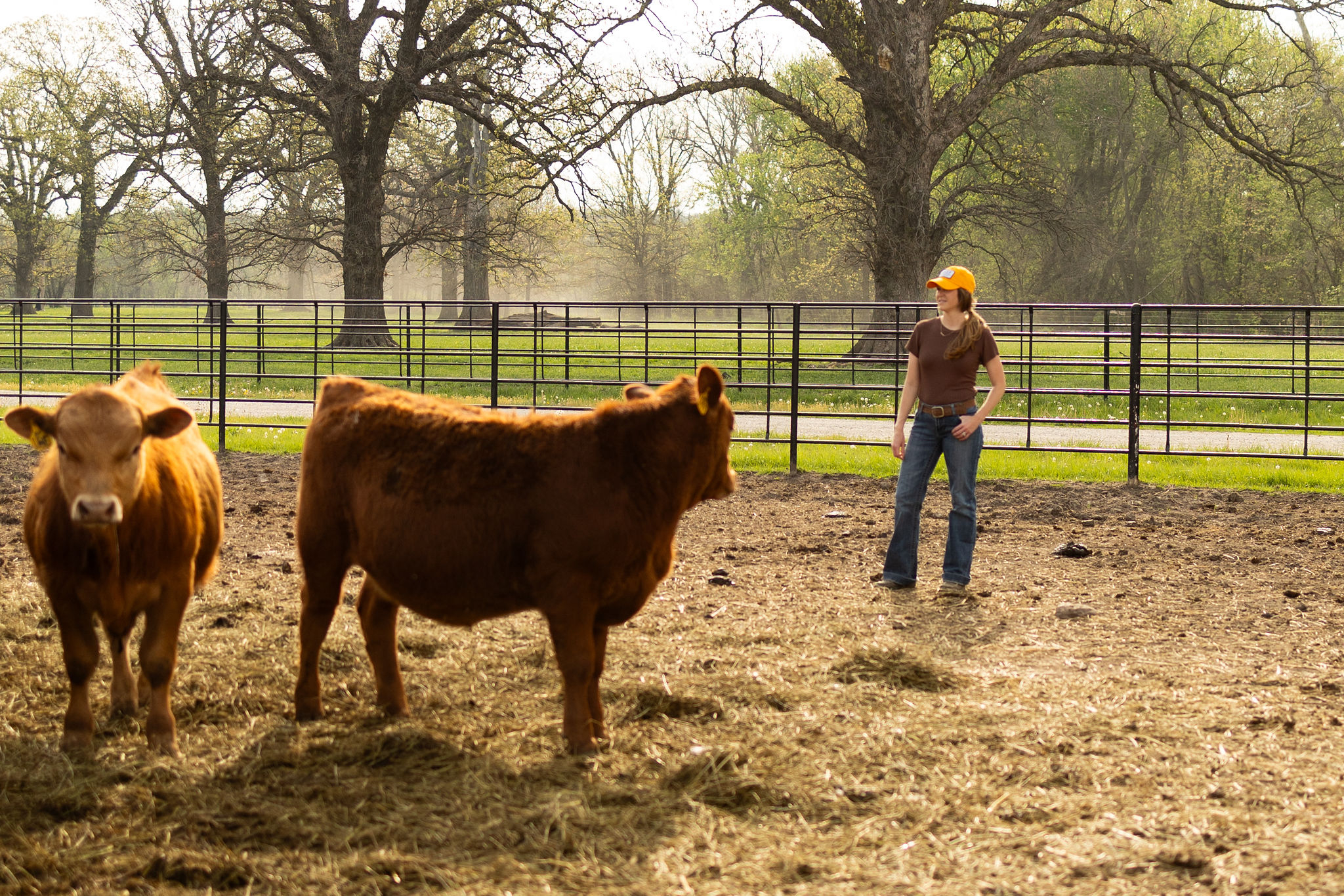
Sustainability is the product of people and passion on a ranch
This post is a collaboration with Beef. It’s What’s For Dinner. on behalf of the Beef Checkoff. I received compensation but all thoughts and opinions are my own.
It’s National Ag Day, and while those of us in agriculture celebrate our lifestyles on a regular basis, today we center our thoughts on helping others understand our beloved industry, including providing information about growing and preserving a climate for the next generation and beyond.
On our ranch in Kansas, we are anxiously awaiting the official start to spring – to be clear, the official start of spring on a farm or ranch is not the spring equinox but it’s actually when we can pack away our coveralls and winter boots and work in short sleeves!
The arrival of spring also signifies new green grass in pastures and the start of the next phase of the beef lifecycle. We anxiously await the arrival of green grass so we can move our cows from their dormant winter grazing ground to spring pasture. They will graze throughout the summer, turning cellulose (grass) into beef while replacing carbon in the soil and fertilizing the pasture. Periodically, we will move them to a new pasture as part of our rotational grazing plan. The land they graze on is home to several species of wildlife and is hilly and unsuitable for growing crops – but our cows love the grass that stretches across the acreage.
And while that all sounds very simple, there is a lot of thought, science and labor behind these practices. We consult with agronomists and cattle nutritionists to determine what the cattle should eat and how we need to prepare the pastures for grazing.
Once we have a grazing plan, we have to implement it. And this takes multiple people for us to move the herd from pasture to pasture – myself, my husband and our herdsman all work together to move the cattle using horses and low-stress handling. Conservation plans must be implemented and without all hands on deck, we can’t reach our goals of continued improvement and sustainable beef production.
Throughout the year, we strategically gather the cattle and administer routine vaccinations against common respiratory and bacterial illnesses. We work closely with our veterinarian to determine what the right health plan is and our herdsman implements the plan to ensure we are raising healthy cattle that yield nutritious, safe beef.
Growing a climate for tomorrow also means constantly looking for new ways to improve via technology and management. We do our best to select genetics that are fast-growing and feed efficient, which helps utilize our feed resources effectively. When our cattle are feed efficient, they yield more nutritious beef for grocery shoppers. We rely on the expertise of our peers and older generations to help us reach production, and in turn, climate goals. We know that we don’t have all the answers so we reach out to those who have been raising cattle for far longer and glean as much knowledge from them as possible. Sustainable beef doesn’t just happen – it’s the product of people and planning for the future. To grow a climate for tomorrow, we must support our land and livestock today.
The bottom line is that sustainable food isn’t achieved without the buy in from everyone involved in the process – from cow/calf producer to beef processor to grocery store. It takes all of us to continuously improve our beef supply and build a better tomorrow for future generations.
Until next time,
~ Buzzard ~
P.S. If you wish to receive posts in your inbox automatically, sign up on the homepage in the right side pane. Additionally, follow my ranch life activities on Instagram: @brandibuzzard.



